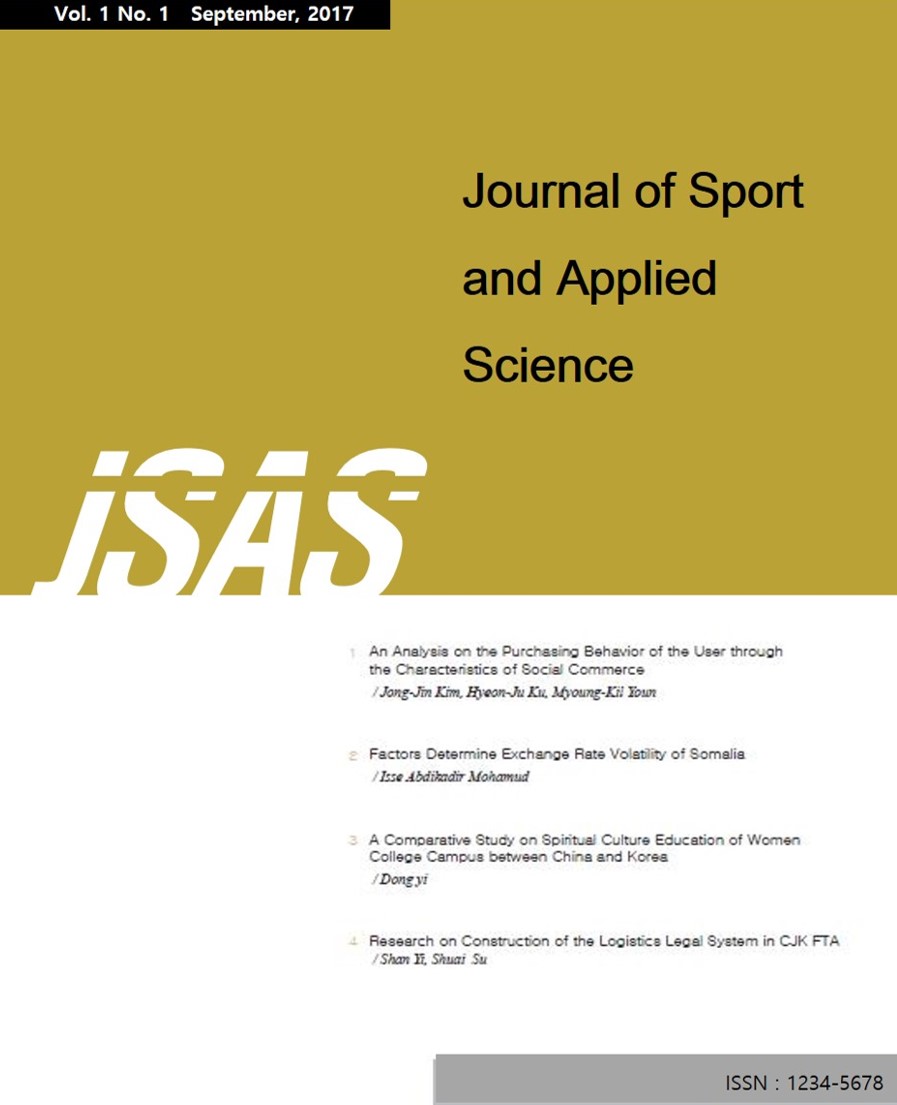 E-ISSN : 2586-6028
E-ISSN : 2586-6028
Lee, Hyuk Jin
Abstract
Purpose: This study began with an interest in the meaning and importance of Olympic mascots, and this paper aimed to analyze the types and features of mascots by comparing the Summer Olympics mascots from Munich 1972 to Tokyo 2020 and ultimately to understand the attributes of the Summer Olympic mascots. Research design, data, and methodology: The approach of this study is the exploratory approach by literature reviews. This study carried out exploratory research on thinking about understanding the characteristics of the Summer Olympic Games Mascots. Results: First, the Munich 1972 mascot, Waldi is known as the first official mascot. Second, many mascots are designed the most in animal form. But the process of change according to the material of the Olympic mascot changed from a simple animal form to a finely expressed hybrid mascot, and multiple mascots appeared in the 2000s. Conclusions: The Olympic mascot is a representative symbol of the Olympic Games, representing the identity of the host country. Five attributes of the Olympic mascots were identified: friendliness, a symbolic meaning, originality, diversity, and value. Further implications were discussed.
- keywords
- Host Country, Olympic Mascot, Summer Olympic Games, Waldi
- Downloaded
- Viewed
- 0KCI Citations
- 0WOS Citations













